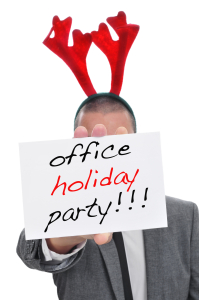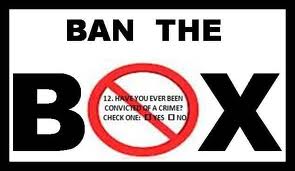 We at NATSB are wishing you a safe, sober holiday. During the holiday season, employers and workers frequently get together to unwind and celebrate. Typically, workplace parties involve plenty of food and drinks. However, if the drinks include alcohol, there is potential for unfortunate consequences.
We at NATSB are wishing you a safe, sober holiday. During the holiday season, employers and workers frequently get together to unwind and celebrate. Typically, workplace parties involve plenty of food and drinks. However, if the drinks include alcohol, there is potential for unfortunate consequences.
Whether alcohol is permitted at workplace parties or other company-sponsored events is an individual decision for each company to make. If alcohol is present, it makes good sense to take precautions to help prevent workers or guests from becoming intoxicated and to discourage impaired driving.*
Tips for Safe Workplace Celebrations
If employers decide to provide or permit alcohol at a workplace event, they can take steps to help ensure a safe and sober holiday party season – while still creating an enjoyable and festive atmosphere. The following are some ways to minimize potential negative repercussions.
Be honest with workers. Make sure workers know their employer’s drug-free workplace policy and how it addresses alcohol use in work-related situations and social functions.
Post the policy. Use different communication vehicles to ensure employees understand the policy. Prior to a party, use company bulletin boards, e-mail, and/or paycheck envelopes to publicize the policy and any rules specific to alcohol use.
Reinvent the party concept. Why have a “traditional” party? Consider trying something new like an indoor carnival, amusement park outing or volunteer activity.
Make it a party of choice. Always make plenty of non-alcoholic drinks available.
Make sure workers know when to say when. When alcohol is served at an event, make sure all employees know that they are welcome to attend and have fun, but are expected to act responsibly.
Eat…and be merry! Avoid serving only salty, greasy or sweet foods, which make people thirsty. Serve foods rich in starch and protein, which stay in the stomach longer and slow the bloodstream’s absorption of alcohol.
Designate party managers. Remind managers and supervisors that even at a party, they may need to ensure that everyone adheres to their drug- and alcohol-free workplace policy.
Arrange Alternative Transportation
Anticipate the need for alternative transportation for all party goers and make arrangements in advance. Encourage workers to make use of available alternatives, such as designated drivers, if they consume alcohol.
Serve none for the road. Stop serving alcohol before the party officially ends.
*Although commonly used, the phrase “drunk driving” is not a legal term. Rather, “impaired driving” is used because it better describes the realities of drinking and driving—when someone consumes alcohol, even at low levels, his/her ability to drive is impaired e ven though there may be no obvious signs of drunkenness.
ven though there may be no obvious signs of drunkenness.
Consult Applicable State Laws
Remember, if employers provide alcohol at a workplace function, they should consult state laws regarding its use and the resulting legal responsibilities. In addition to the safety concerns, improper alcohol use can expose businesses to civil liability under tort laws. For example, a business may be held liable if a person consumes alcohol at a company-sponsored party and subsequently causes an accident or injury.
Keeping Workplaces Safe All Year Round
While the holidays serve to remind us about the perils of impaired driving, employers have a vested interest in keeping employees safe all year round. After all, accidents and injuries to employees, whether on or off the job, impact businesses through increased absenteeism and the use of health benefits. So encouraging safety before, after and, especially, during work makes good sense.
Businesses that maintain drug-free workplace programs generally have effective channels for sending messages about drug- and alcohol-related dangers – including impaired driving. They can incorporate related messages into regular worker education sessions, newsletters, payroll stuffers or workplace displays.
For those organizations that do not have a drug-free workplace program, NATSB offers a Drug Free Workplace Kickstarter, a valuable resource that offers guidance on developing one. Contact us for more details.
Remember, safe roads and workplaces are everyone’s business. This holiday season, and all year long, employers are encouraged to send workers a safe and sober message about workplaces and drinking.








 ven though there may be no obvious signs of drunkenness.
ven though there may be no obvious signs of drunkenness.